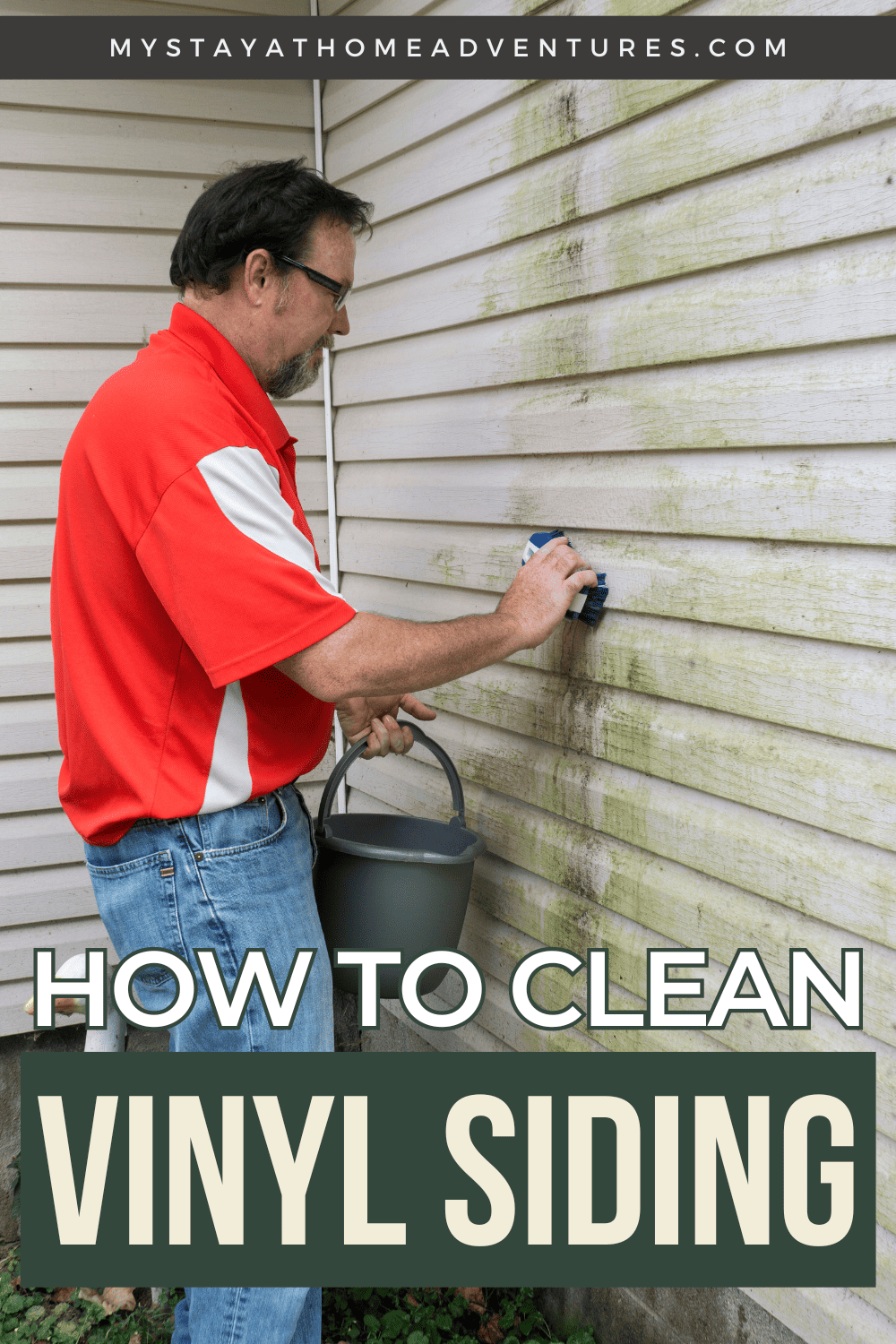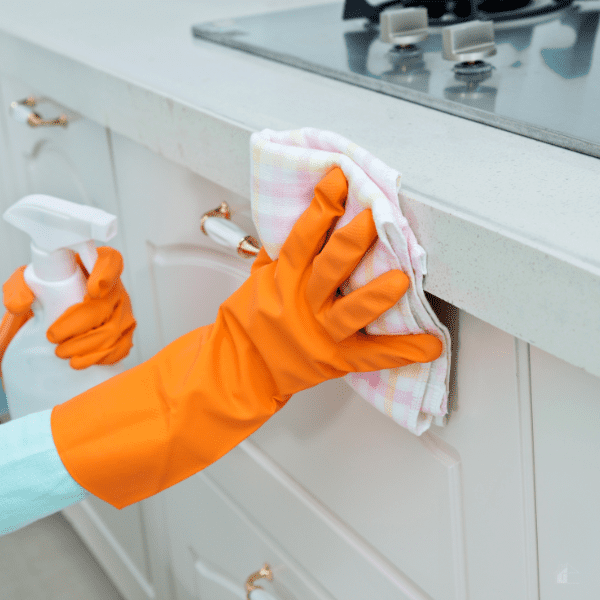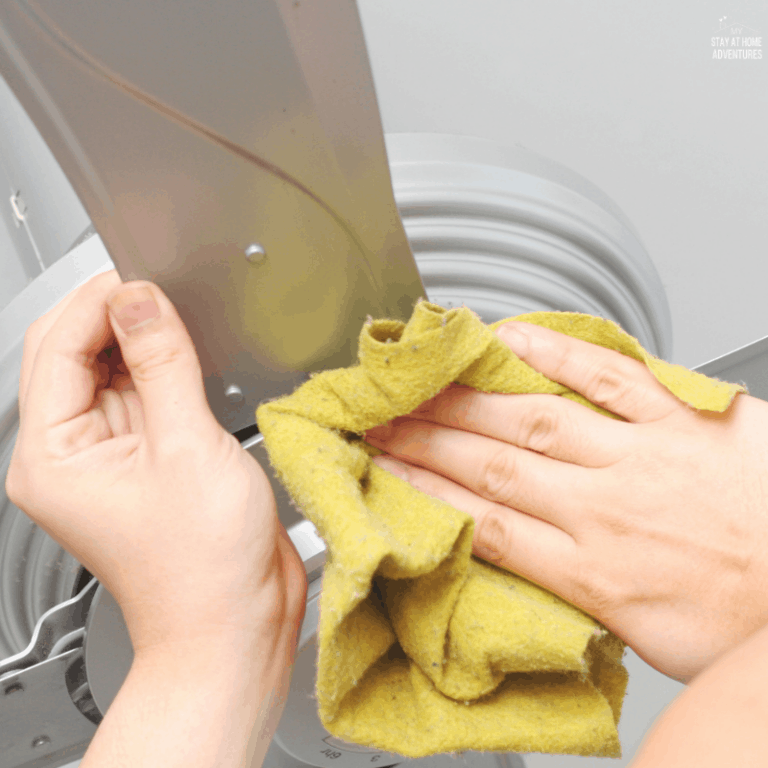How to Clean Vinyl Siding
This post may contain affiliate links which might earn us money. Please read my Disclosure and Privacy policies hereFiguring out how to clean vinyl siding on your house might seem like a daunting task at first, but it needn't be. You can easily restore your vinyl siding to its original glory with the right techniques and tools.
Whether you choose eco-friendly natural cleaners or commercial ones that pack a punch, this guide will steer you through the process effectively. Welcome to your ultimate guide to cleaning vinyl siding – let's put the shine back in your home!
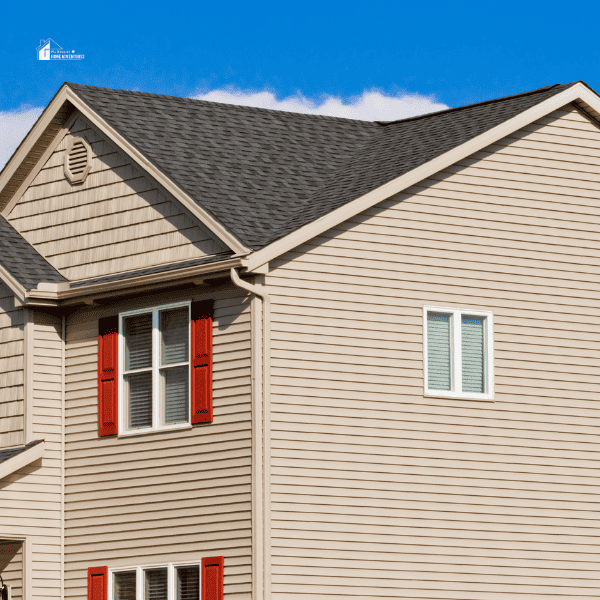
Benefits of Vinyl Siding
Due to its durability and low maintenance costs, vinyl has become a popular choice for siding material for many homeowners. It is resistant to rot, moisture, and pests, making it an ideal option for any climate. Additionally, vinyl comes in a wide range of colors and styles, allowing you to customize the look of your home.
However, just like any other exterior surface exposed to the elements, vinyl siding is prone to debris, dirt, and grime buildup. Over time, this can make your home look dull and dirty. Regular cleaning not only keeps your vinyl siding looking beautiful but also prolongs its lifespan.
Benefits of vinyl siding:
Durability: Vinyl siding is known for its durability and ability to withstand various weather conditions. It is resistant to cracking, warping, and rotting, making it a long-lasting option for your home.
Low Maintenance: Unlike other siding materials, vinyl siding requires minimal maintenance. It does not need to be painted, stained, or sealed, saving you time and money in the long run.
Versatility: Vinyl siding comes in a wide range of colors and styles, allowing you to customize the look of your home according to your preferences.
Energy Efficiency: Vinyl siding can contribute to the energy efficiency of your home by providing insulation and reducing heat loss.
Importance of Regular Cleaning
Regular cleaning of your vinyl siding is essential to maintain its appearance and functionality. Dirt, grime, and debris can accumulate on the surface over time, causing discoloration and potentially damaging the material. Vinyl siding is often prone to acquiring stains, especially if it is a lighter color. Additionally, if left unattended for too long, organic materials such as mold and mildew can grow on the siding, leading to health hazards.
Regular cleaning helps:
Enhanced Appearance: Regularly cleaning your vinyl siding will help maintain its vibrant color and overall appearance. It removes dirt, dust, and stains, keeping your home looking fresh and well-maintained.
Prevent Damage: Over time, dirt and debris can build up on your siding, leading to mold, mildew, and other issues. Cleaning your vinyl siding regularly helps prevent these problems and extends its lifespan.
Improved Resale Value: If you plan to sell your home in the future, having well-maintained vinyl siding can increase its curb appeal and attract potential buyers.
Regular cleaning and maintenance of your vinyl siding are crucial in preserving its beauty and functionality. By following the recommended cleaning techniques and using the right materials, you can keep your siding looking great for years to come.
Understanding Vinyl Siding
Cleaning and maintaining vinyl siding are essential tasks for homeowners to ensure the appearance and structural integrity of their homes. Vinyl siding offers numerous benefits, including durability, low maintenance, versatility, and energy efficiency. Regular cleaning is important to enhance the appearance of your home, prevent damage, and improve its resale value.
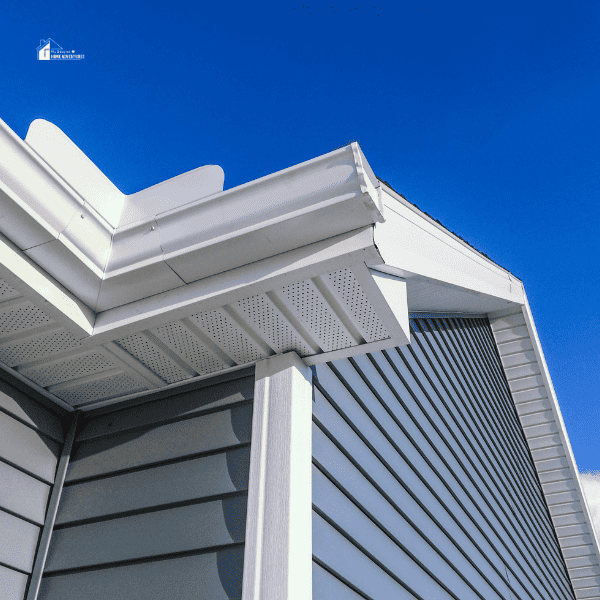
What is Vinyl Made Of?
Vinyl siding is made from PVC (polyvinyl chloride) resin, which is a durable and weather-resistant material. It is designed to withstand harsh weather conditions, such as extreme temperatures, high winds, and heavy rain. The vinyl material is resistant to cracking, warping, and rotting, making it a long-lasting choice for siding.
Different Types of Vinyl Siding
There are various types of vinyl siding available to suit different styles and preferences. These include:
| Type | Description |
|---|---|
| Horizontal | The most common type of vinyl siding features horizontal panels that overlap each other. |
| Vertical | Siding panels that run vertically instead of horizontally provide a unique aesthetic. |
| Shakes | Vinyl siding is designed to mimic the look of natural cedar shakes, creating a rustic appearance. |
| Scallop | Curved vinyl siding panels that add charm and character to a home's exterior. |
Knowing the composition and characteristics of vinyl siding can help you understand the importance of cleaning and maintaining it regularly. Even this Chicago window company has tips on how to care for your vinyl siding. By following the recommended cleaning techniques and using the right materials, you can keep your vinyl siding looking great for years to come.
Cleaning Vinyl Siding: Basic Methods
When it comes to cleaning vinyl siding, there are various methods you can use depending on the level of dirt and grime buildup. Here are some basic methods to help you get started:
Pressure Washing
A pressure washer is an effective tool for removing stubborn dirt and grime from your vinyl siding. Start at the highest point of your home and work your way down, holding the pressure washer nozzle at a 45-degree angle to prevent water from getting behind the siding.
Hand Scrubbing
For smaller areas or more delicate vinyl siding, hand scrubbing may be a better option. Mix warm water and mild detergent in a bucket and use a soft-bristled brush to gently scrub the surface of the siding. Rinse with a garden hose afterward.
Natural Cleaners
If you prefer to use natural cleaners, there are several options available that can effectively clean your vinyl siding without harsh chemicals. Some of these include:
- White vinegar and water solution
- Baking soda and water paste
- Lemon juice and water solution
Mix the chosen cleaner with warm water and apply it to the siding using a sponge or soft brush. Rinse with clean water afterward.
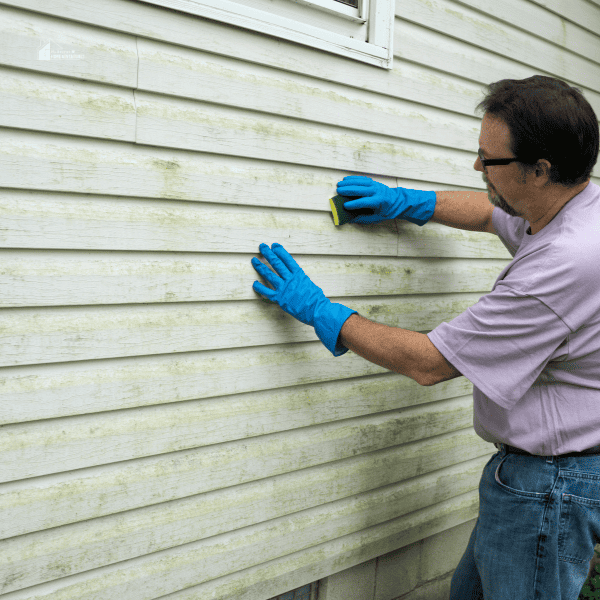
Cleaning Vinyl Siding: Additional Tips
Here are some additional tips to keep in mind when cleaning your vinyl siding:
- Always start from the top and work your way down to avoid streaks.
- Test any cleaning solution on a small, inconspicuous area first to ensure it does not damage the siding.
- Use a soft-bristled brush or cloth to avoid scratching the surface of the vinyl.
- Rinse thoroughly after cleaning to prevent any residue from drying onto the siding.
- Avoid using harsh chemicals or abrasive materials that can cause discoloration or damage to your vinyl siding.
Cleaning Vinyl Siding: Advanced Methods
More advanced cleaning methods may be necessary for heavily stained or hard-to-reach areas. Here are some options to consider:
Using a Long-Handled Brush for Textured Surfaces
When dealing with textured surfaces on your vinyl siding, it's important to use a long-handled brush with soft bristles to clean the grooves and prevent staining effectively. This method allows you to reach into the crevices and remove any dirt or grime that may have accumulated. Start at the bottom of the house and work your way up, scrubbing gently in a circular motion.
Rinse the cleaning solution thoroughly before it dries to avoid streaks or residue. This technique is particularly useful for heavily textured siding that requires more thorough cleaning.
Using a Mildew Cleaner for Stubborn Stains
For stubborn stains or mildew growth, using a specialized vinyl siding cleaner can be effective. These cleaners are formulated to remove tough stains without damaging the vinyl material. Follow the instructions on the cleaner and rinse thoroughly after use.
Germicidal Bleach Concentrate for Deep Cleaning
If your vinyl siding has been neglected for a long time and has accumulated heavy amounts of dirt and grime, a germicidal bleach concentrate may be necessary. This is a stronger solution that can effectively remove deep-set stains and kill any mold or mildew growth. Dilute the concentrate according to the manufacturer's instructions and use a soft brush to scrub the siding. Rin
Remember, following the manufacturer's guidelines and recommendations when using advanced cleaning methods on your vinyl siding is essential. These techniques are intended for specific situations and may not be suitable for every cleaning need. Regular maintenance and cleaning are crucial to keep your vinyl siding in pristine condition and increase its lifespan.
What is the best time to clean Vinyl Siding?
To ensure the best results when cleaning your vinyl siding, it's recommended to choose the right time of day. Avoid cleaning in direct sunlight, as the heat can cause the cleaning solution to dry too quickly, leaving streaks and residue behind. Opt for a cloudy or overcast day, or choose a time when the area you're cleaning is shaded. This will allow the cleaning solution to work effectively without drying too fast.
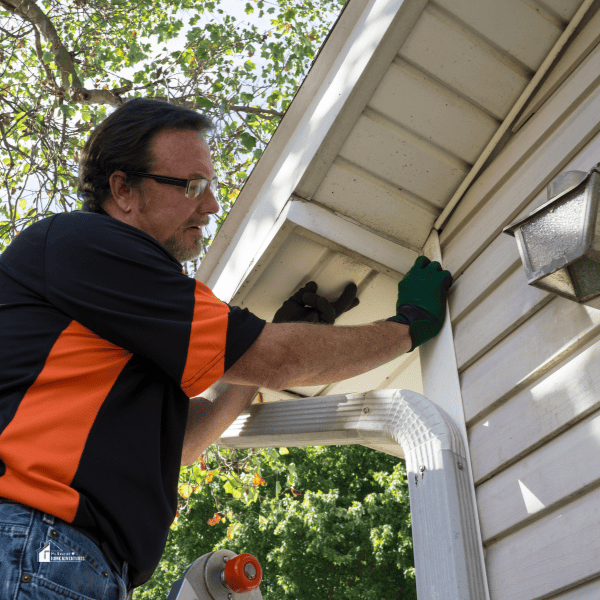
Maintaining and Preventing Damage
Inspecting for Mold and Mildew
Regular inspections of your vinyl siding are essential for preventing mold and mildew growth. These organisms can cause discoloration and damage to your siding if left untreated. Look for any signs of mold or mildew, such as dark spots or a musty odor. If you notice any growth, it's important to address it promptly to prevent further damage. Use a mixture of water and mild detergent to scrub away the mold and mildew, or consider using a specialized cleaner designed for vinyl siding.
Avoiding Harsh Chemicals and High-Pressure Washers
When cleaning your vinyl siding, it's important to avoid using harsh chemicals and high-pressure washers. These can damage the siding and strip away the protective coating, making it more susceptible to fading and discoloration. Instead, opt for gentle cleaners specifically formulated for vinyl siding.
These cleaners are often sold in spray bottles that attach directly to your garden hose, making them easy to apply. Use a soft bristle brush or cloth to scrub away grime and dirt, following the proper technique and direction mentioned earlier.
Regularly inspecting for mold and mildew and adopting gentle cleaning practices can effectively maintain your vinyl siding and prevent damage. Remember to clean your siding at least once a year to remove any accumulated dirt or debris. With proper care, your vinyl siding will continue to enhance the appearance of your home for years to come.
Additional Maintenance
Removing Stubborn Stains
Regular cleaning of vinyl siding is important to prevent damage from household maintenance products and other corrosive solutions. However, if you come across stubborn stains that are difficult to remove, there are a few additional steps you can take:
- Identify the type of stain: Before applying any stain remover, it's important to identify the type of stain you're dealing with. This will help you choose the most appropriate cleaning solution.
- Test the stain remover: Before applying the stain remover to the entire stained area, test it on a small, inconspicuous section of the siding. This will ensure that the stain remover does not cause any discoloration or damage.
- Apply the stain remover: Once you have determined the appropriate stain remover, follow the instructions carefully for application. Some stain removers may need to be diluted with water, while others can be applied directly.
- Scrub and rinse: Use a soft bristle brush or cloth to scrub the stained area gently. Rinse the area thoroughly with plain water to remove any residue.
Protecting Vinyl Siding from Sun Damage
Vinyl siding is subjected to constant exposure to sunlight, which can cause fading and discoloration over time. To protect your vinyl siding from sun damage, consider the following:
- Use UV protectant products: There are specialized UV protectant products available that can be applied to vinyl siding. These products help reduce the impact of UV rays and prolong your siding's lifespan.
- Regular inspections: Keep an eye out for any signs of sun damage, such as fading or discoloration. If you notice any issues, address them promptly to prevent further damage.
- Consider shade options: If your home is constantly exposed to direct sunlight, consider planting trees or installing awnings to provide shade. This will not only protect your vinyl siding but also help reduce cooling costs during the summer months.
By taking these additional maintenance steps, you can keep your vinyl siding looking new and vibrant for years to come. With the right techniques and products
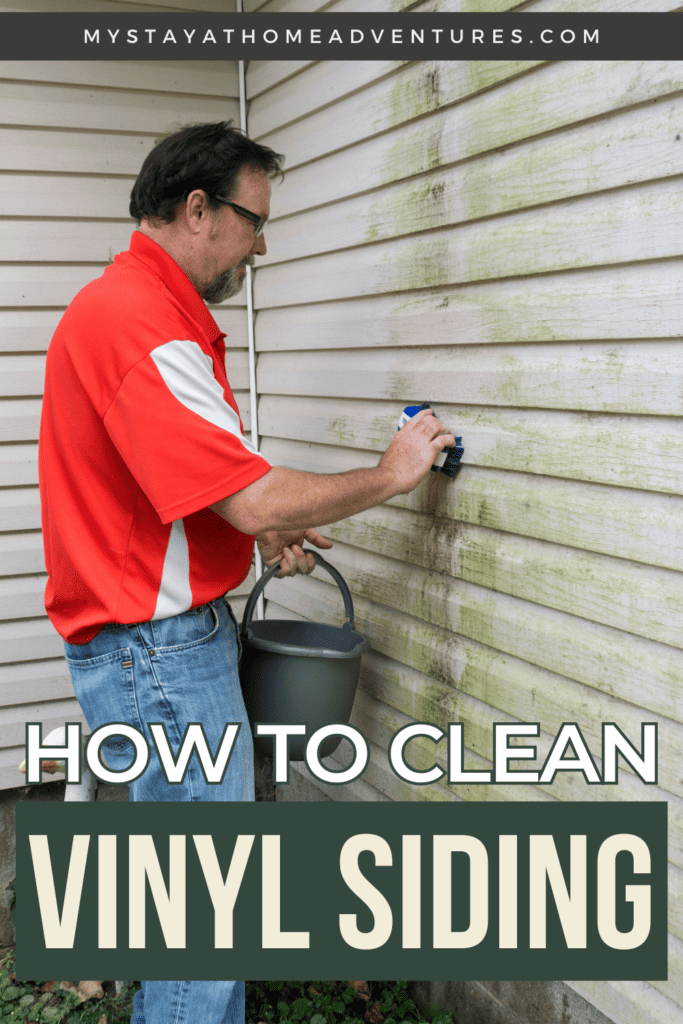
Caring for Vinyl Siding in Different Climates
Different climates can have varying effects on vinyl siding, so it's essential to adjust your cleaning and maintenance routine accordingly. Here are some tips for caring for vinyl siding in different climates:
1. Hot and Humid Climate:
- Regularly inspect your siding for mold and mildew growth, as these conditions can thrive in hot and humid weather.
- Clean your siding more frequently to prevent dirt and grime buildup.
- Consider using a specialized cleaner with anti-mildew properties to clean your vinyl siding.
2. Cold Climate:
- In colder climates, keep an eye out for ice dams forming on your roof. These can cause damage to your vinyl siding if they melt and refreeze repeatedly.
- Use caution when removing snow or ice from your siding, as using sharp tools or excessive force can damage the material.
- Consider investing in a roof rake to remove snow and prevent potential damage to your vinyl siding.
By adapting your cleaning and maintenance routine based on your climate, you can ensure that your vinyl siding remains in good condition and lasts for years.
Conclusion
Understanding how to clean vinyl siding on your house is crucial for maintaining its curb appeal and structural integrity. With regular inspections, cautious use of cleaners, and protective measures against harsh climates, you can ensure that your home's vinyl siding remains vibrant and durable. Embrace the simplicity of the cleaning process and the effectiveness of gentle maintenance techniques to keep your siding in pristine condition. Treat your home's exterior carefully, and it will continue to protect and enhance your residence for many years.

